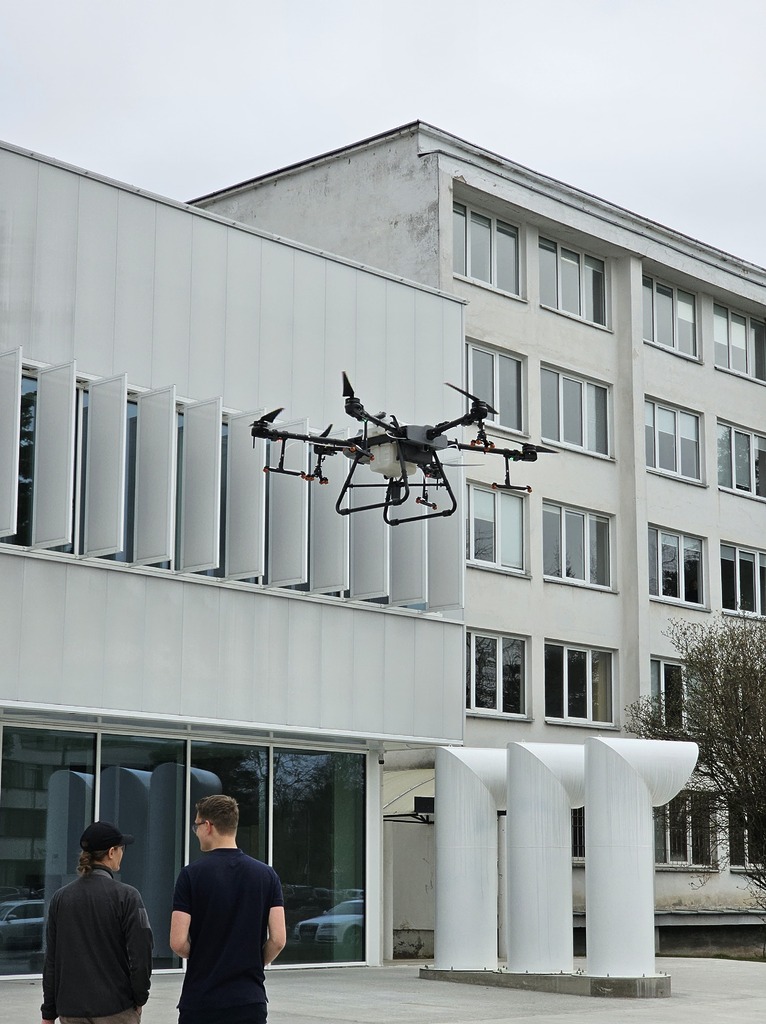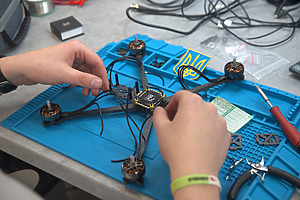All the necessary parts can be made locally
A KTU M-Lab representative says that although currently many of the parts used to make the drones at the M-Lab Centre come from China, it is possible to build drones entirely from local parts.
“As the M-Lab’s infrastructure has been increasingly upgraded, it has become clear that we have all the technical capabilities and the right infrastructure in place to move away from China’s production – all the parts we need can be produced locally at the M-Lab Centre,” they say.
According to them, the M-Lab’s infrastructure, equipment and concentrated expertise of scientists will allow for the successful composition of the electronic parts of the drone so that the entire drone can be manufactured in one place. This would significantly speed up the drone production process and increase the number of drones produced.
The KTU representatives believe that university-industry cooperation involving students helps to discover talent at the university that can become highly qualified engineers or promising scientists in the future.
“Practical work and creativity produce engineers with practical skills who can quickly enter the job market. However, one of M-Lab’s expectations and goals is to create strong hardware start-ups. In this case, the members of the community could create jobs for themselves and their colleagues by developing high-value-added companies,” they explain.
Drones shipped to Ukraine
The drone parts are assembled, programmed and tested in the Young Lab, a creative space for young researchers located in the M-Lab Centre. During testing, a 2-kilo load is attached to the kamikaze drones.
According to the students, a person can be trained to build a drone a day. A large part of the construction is soldering the components and choosing their location on the drone to ensure easy accessibility during repair. More than 10 drones have already been assembled.
The KTU students say that M-Lab provides excellent facilities for work. One of the biggest advantages is that one can work at the lab 24/7.
“Since the beginning of the war in Ukraine, I have wanted to contribute to the well-being of Ukrainians – now I can do it. Since there has been a sudden surge in the use of FPV drones in the field of war, I decided to contribute to it, as I have more than 5 years of experience in this field,” says one of the KTU students, working on kamikaze drone-building.
The engineering teams based at KTU M-Lab aim to develop unique drones that can be used in different areas of life. One of the issues that will be relevant in the future is the modelling and development of solutions for drone logistics. In the long term, drones will be able to perform many tasks, and we need to start thinking about the infrastructure for their efficient use, such as autonomous charging stations and so on.



